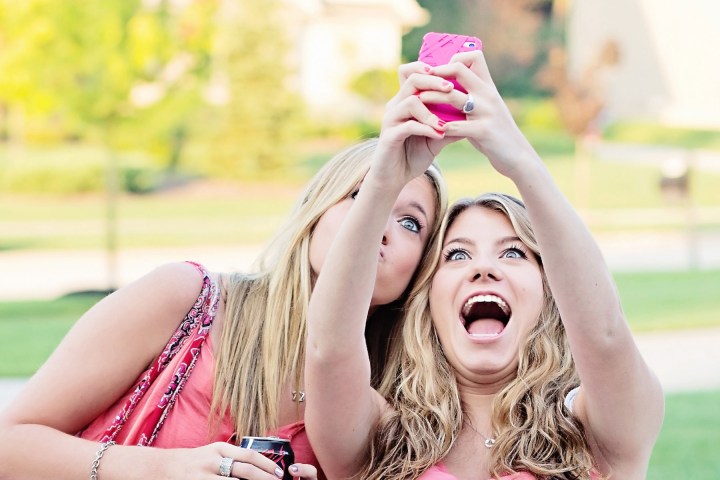
As detailed by the Financial Times, Snapchat will be pricing “off peak” days, basically days outside of holidays, at a cost of $450,000. While both figures sound relatively high, the potential reach for advertisers is vast as nearly 100 million people use Snapchat every day.
Assuming just five percent of Snapchat’s daily active audience used a branded lens on one of the $750,000 days, that will only cost the brand 15 cents per user. If a branded picture with a lens filter is sent to another user, that would double the reach and reduce the cost even further.
Snapchat believes that branding selfies with advertiser messaging will be an effective way to reach the millennial and teenage demographics. Of course, the only way this plan works is if Snapchat users opt into using the branded lenses. It’s highly possible that users will ignore the lenses and avoid slapping logos or brand mottoes on their selfies. The most likely scenario of this actually working among users could be some form of low-key sponsorship, perhaps providing a silly effect, like rainbow-puking, and modifying a corner of the photo with a “Brought to you by brand” message.
Of course, this isn’t the only revenue that Snapchat is generating from advertisers. Launched earlier this year, Snapchat’s Discovery feature lets companies to purchase ad space to advertise content. However, demand for the product has waned over the last several months and the cost to advertise on the service has dropped considerably.
Editors' Recommendations
- Snapchat hopes its new AI selfie feature will be a moneymaker
- What do Snapchat emojis mean? All emoji meanings, explained
- Unlike Facebook and TikTok, Snapchat is doing all right in the pandemic
- Snapchat wants to help you bust coronavirus myths with a new game
- Watch your toes. Snapchat’s new lens turns the ground into hot lava

